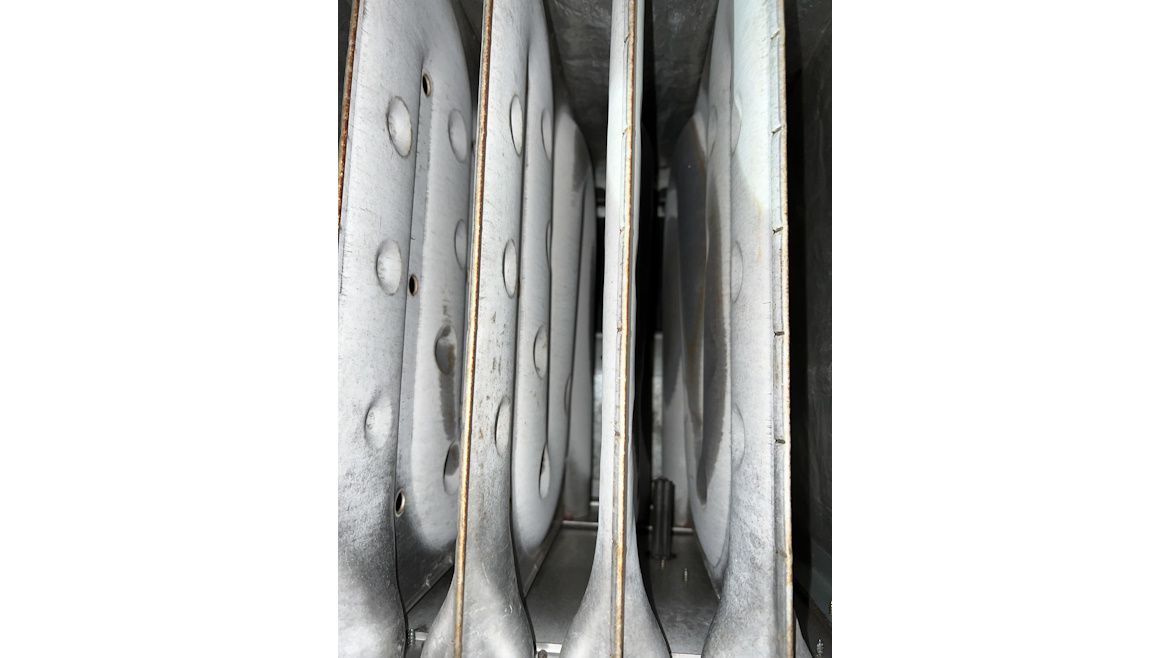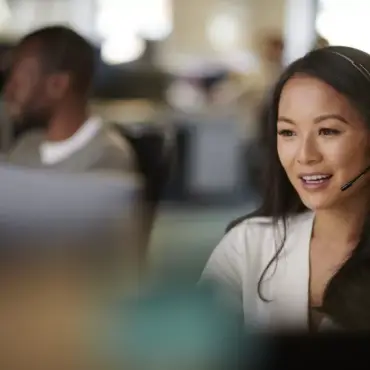One of the most divisive topics in our industry is red-tagging a gas furnace. There are usually two types of calls where you could find yourself in this situation. The first is during a routine maintenance or service call for existing customers. The second is providing a second opinion when another contractor has already red-tagged and shut down the furnace. It’s the latter situation that I would like to discuss this month.
In my last Duct Dynasty article, we looked at common combustion testing errors to avoid this fall. Another easy error to make is how you handle a red tag second opinion. Unless you have a system for handling this situation, you could find yourself in an uncomfortable position. Consider these questions.
- When you get a call for a second opinion on a red-tagged furnace, can you confidently prove or disprove the accuracy of the first opinion?
- What processes do you have in place to handle a red-tag second opinion? Does everyone follow the same steps each time?
- If the red tag is for a failed heat exchanger, can you diagnose why it failed in the first place?
If you’re unsure of the answers, here are some ideas that may help.
DOUBT THE FIRST OPINION
As harsh as this may sound, the first thing you should do is doubt the first opinion. Don’t assume the original diagnosis is correct, because it probably is not. What was the original contractor’s motive for issuing the red tag? Is there a legitimate issue? Were they genuinely concerned for the homeowner’s safety, or was the red tag just an opportunity to sell a furnace? Understanding motive often points you in the right direction.
Unfortunately, many contractors who red tag furnaces don’t have the proper training or test instruments to back up their claims. Instead, they base their decisions on equipment age, opinions, guesses, and assumptions. Even if the furnace defect is obvious, you need measurements to back up your diagnosis. Otherwise, you’ll never know why the original failure occurred.
HAVE THE RIGHT GEAR
Before you can accurately troubleshoot the furnace, you need the right test instruments to get measurements. The readings tell you whether a furnace is safe to leave in operation or not. To ensure you can confidently offer a second opinion, it’s recommended you have the following instruments and tools:
- Combustion analyzer – to measure flue gases
- Draft gauge – to verify draft pressure
- Low-level personal CO (carbon monoxide) monitor – to alert you to ambient CO
- Combustible gas leak detector – for tracking down gas leaks
- Bubble solution – to reveal gas leaks
- Dry bulb thermometer – to check furnace temperature rise
- Mirror, inspection camera, and flashlight – for visual inspections
- Static pressure test kit – to check airside pressures and plot fan airflow.
While there are other instruments and accessories you can add, these are the most crucial. They elevate you from someone with an opinion to someone with data and facts.
UNDERSTAND THE READINGS AND RANGES
Owning the right test instruments is a start, but you must know what readings and ranges to look for to verify safe operation. Here’s an abbreviated list of measurements and ranges you should know for furnaces:
- Flue gas CO readings – typically, less than 100 ppm and stable during the run cycle
- Flue draft pressure – typically -.01 to – .02 inches of water column
- Flue temperatures within range based on furnace type
- Furnace temperature rise within the nameplate specified range.
There are more measurements you can take, but this is a start in the right direction. When these measurements are out of range, they provide clues for the technician. Accurately interpreting these clues determines if you catch or miss a dangerous condition.
Remember, unless you measure and diagnose, you won’t know what caused the original problem that led to the red tag. Heat exchangers fail for a reason. Unless you identify that reason, the replacement will probably also fail.
KNOW HOW TO PROVE FURNACE SAFETY
What if there are no obvious issues and you decide to turn a red-tagged furnace back on? Many won’t think twice about putting the furnace back in operation after a visual inspection. They assume if the heat exchanger is intact, the flames are blue, and there are no gas leaks, everything is fine. This couldn’t be further from the truth.
These well-meaning individuals may unintentionally harm a family. Be sure you can prove the safety of the furnace. A visual inspection won’t cut it — measurements are a must. Don’t leave your customers’ safety up to assumptions and opinions.
FREE OPINIONS AND SCARE TACTICS
Is it possible that free second opinions devalue the real service HVAC professionals provide to a customer? In my opinion, I don’t think any contractor should provide their skills and specialized knowledge for free. Don’t reduce yourself to this level if you can help it. Offer something no one else can and get paid well to provide it.
I’m all for selling furnaces, but don’t use scare tactics to do it. Instead, consider using combustion measurements to discover hidden needs for furnace upgrades. Don’t make the mistake of selling something that will prematurely fail because you didn’t take those measurements. Five minutes of testing can determine if a new furnace can properly operate on an existing duct system.
Offer low-level CO monitors for 24/7 protection. Store-bought alarms aren’t sensitive enough and won’t do the job for children or older adults. If you receive a call for either device going off, make sure everyone in your company knows how to respond. You are the first line of defense against CO poisoning, so don’t take this responsibility lightly.
I think we would all agree there are plenty of reasons to shut down unsafe furnaces. Just make sure you base your reasons on doing the right thing. Second opinions alone are useless, but first-time facts are priceless. Choose which you will provide your customers this fall.
Whether you require installation, repair, or maintenance, our technicians will assist you with top-quality service at any time of the day or night. Take comfort in knowing your indoor air quality is the best it can be with MOE heating & cooling services Ontario's solution for heating, air conditioning, and ventilation that’s cooler than the rest.
Contact us to schedule a visit. Our qualified team of technicians, are always ready to help you and guide you for heating and cooling issues. Weather you want to replace an old furnace or install a brand new air conditioner, we are here to help you. Our main office is at Kitchener but we can service most of Ontario's cities
Source link



Add Comment